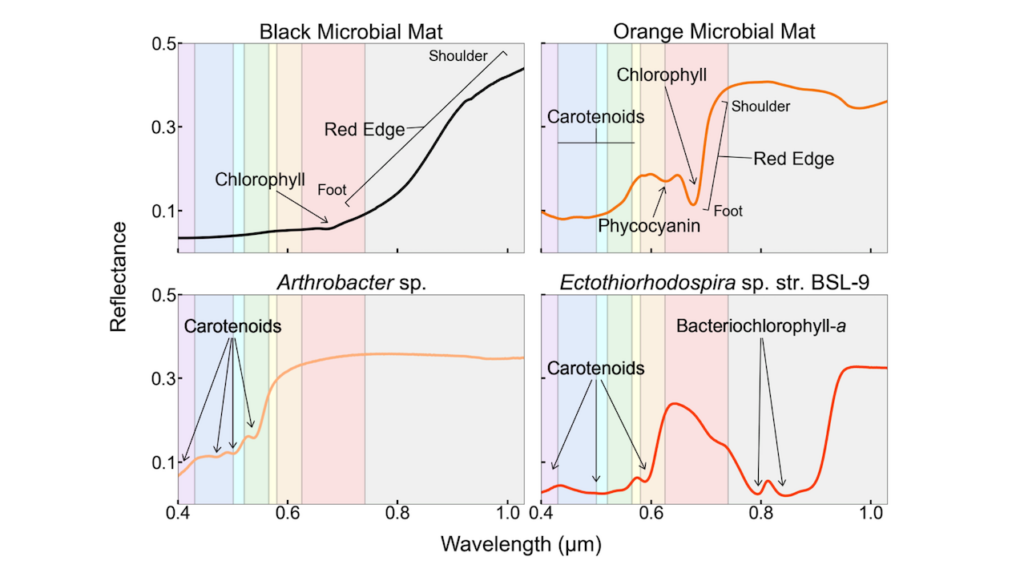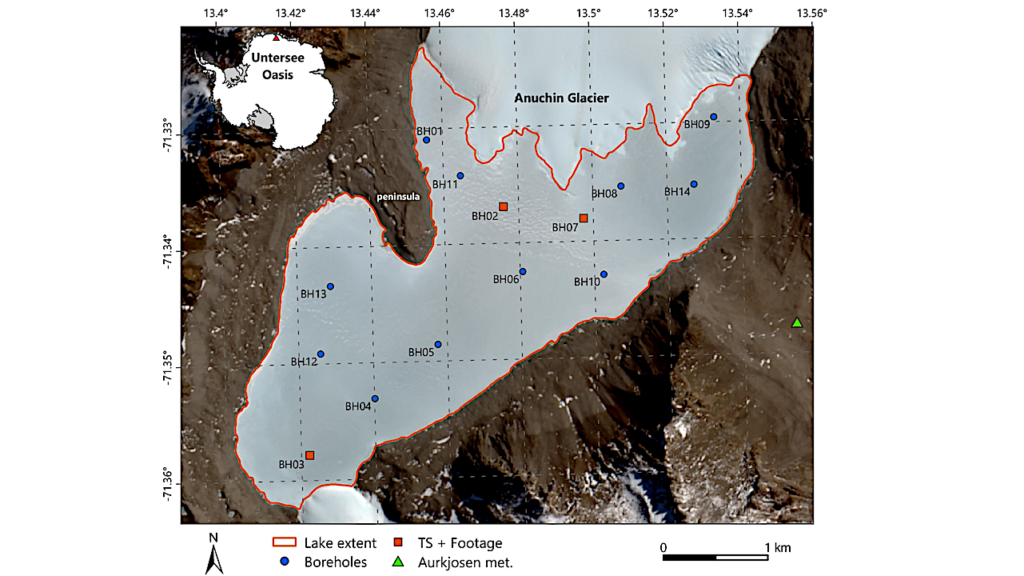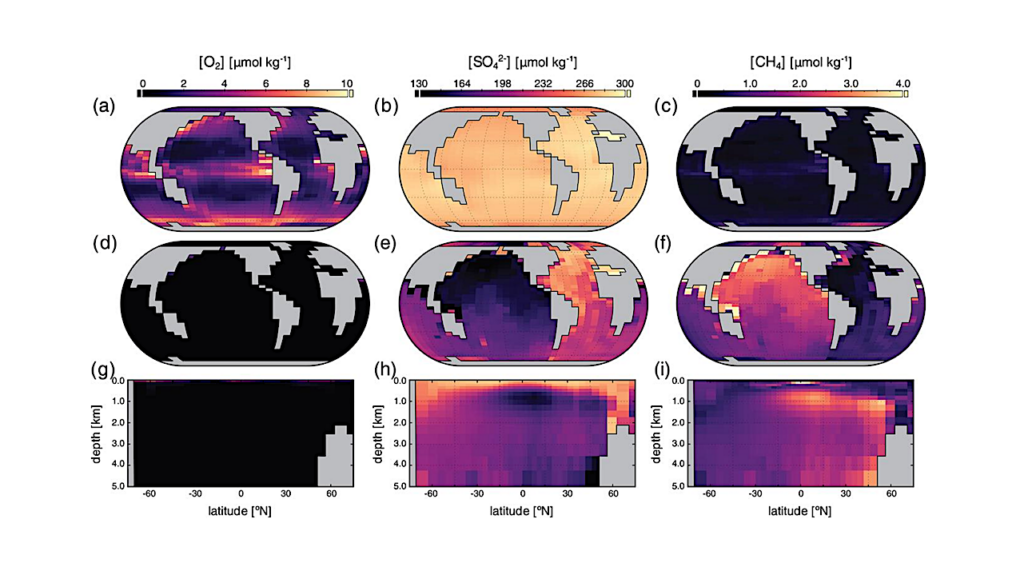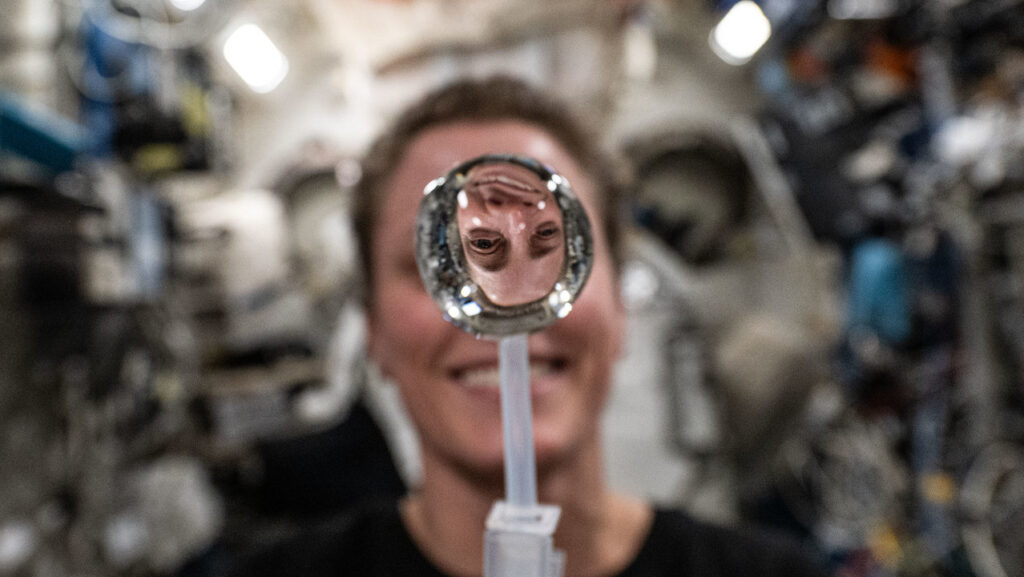Exomoons and Exorings with the Habitable Worlds Observatory I: On the Detection of Earth-Moon Analog Shadows and Eclipses
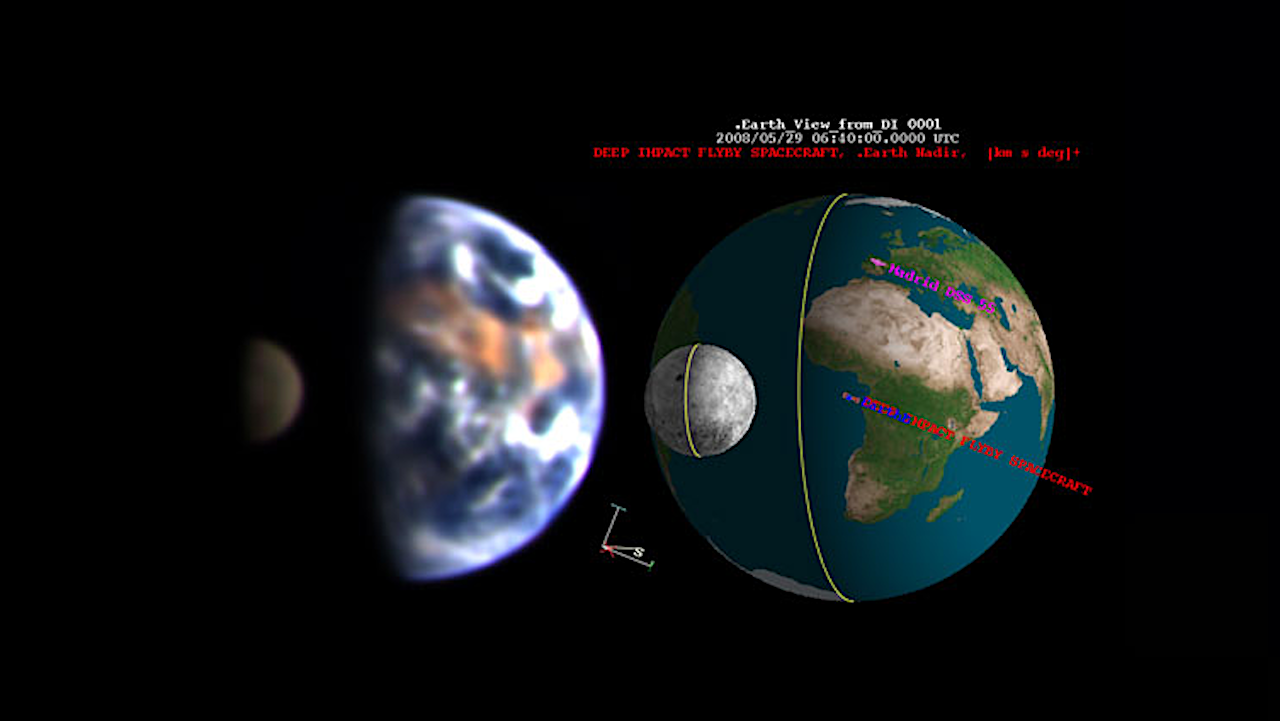
The highest priority recommendation of the Astro2020 Decadal Survey for space-based astronomy was the construction of an observatory capable of characterizing habitable worlds.
In this paper series we explore the detectability of and interference from exomoons and exorings serendipitously observed with the proposed Habitable Worlds Observatory (HWO) as it seeks to characterize exoplanets, starting in this manuscript with Earth-Moon analog mutual events.
Unlike transits, which only occur in systems viewed near edge-on, shadow (i.e., solar eclipse) and lunar eclipse mutual events occur in almost every star-planet-moon system. The cadence of these events can vary widely from ~yearly to multiple events per day, as was the case in our younger Earth-Moon system.
Leveraging previous space-based (EPOXI) lightcurves of a Moon transit and performance predictions from the LUVOIR-B concept, we derive the detectability of Moon analogs with HWO. We determine that Earth-Moon analogs are detectable with observation of ~2-20 mutual events for systems within 10pc, and larger moons should remain detectable out to 20pc.
We explore the extent to which exomoon mutual events can mimic planet features and weather. We find that HWO wavelength coverage in the near-IR, specifically in the 1.4 micron water band where large moons can outshine their host planet, will aid in differentiating exomoon signals from exoplanet variability.
Finally, we predict that exomoons formed through collision processes akin to our Moon are more likely to be detected in younger systems, where shorter orbital periods and favorable geometry enhance the probability and frequency of mutual events.
Mary Anne Limbach, Jacob Lustig-Yaeger, Andrew Vanderburg, Johanna M. Vos, Rene Heller, Tyler D. Robinson
Comments: 16 pages, 11 figures, in review at AJ, includes revisions from first round of review, comments welcome
Subjects: Earth and Planetary Astrophysics (astro-ph.EP); Instrumentation and Methods for Astrophysics (astro-ph.IM)
Cite as: arXiv:2405.02408 [astro-ph.EP] (or arXiv:2405.02408v1 [astro-ph.EP] for this version)
Submission history
From: Mary Anne Limbach
[v1] Fri, 3 May 2024 18:05:38 UTC (1,958 KB)
https://arxiv.org/abs/2405.02408
Astrobiology,




